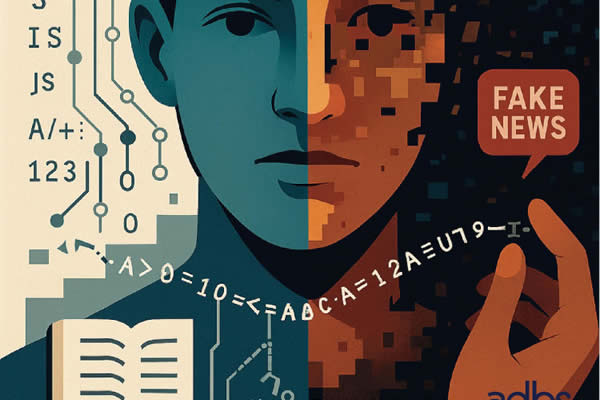In machine learning, fairness is defined as the absence of bias and equal treatment. Hence, it can be approached through biased datasets and outcomes, where a dominant group is favoured to the detriment of others. Biases can be related to the training data or the implicit human values of the people involved in the programming. The fairness of an algorithm can be assessed by measuring its accuracy, recall, and precision, which correspond to producing exact results. Another approach is to conduct a human evaluation to detect if the outcomes are unbiased. However, this cannot be achieved solely by explaining the training data and algorithmic process or by extracting a particular classification’s how and why. Fairness is a part of accountability, which implies thinking about the consequences of unfair decisions. Therefore, it involves human responsibility.
Transparency is one of the ethical requirements to ensure the traceability of any AI-based system and to build trust with its users. It contributes to the comprehensibility of the system and, thus, makes it accountable. However, transparency is not without limits: firstly, the user won’t necessarily understand how the system works due to a lack of intelligibility; secondly, it does not guarantee that social and ethical values are embedded in the system; thirdly, computational code might be protected for proprietary reasons. Additionally, the way complex systems operate often escapes the understanding of their designers, and their opacity is likely to generate issues related to their fairness.
Considering these limitations, explainability — as a part of transparency — is regarded as a more relevant instrument to understand how a given system reached a particular outcome. It also concerns the decision-making process and contributes to the accountability of AI systems. Nevertheless, it does not guarantee that there were no hidden intentions behind it, any more than ensuring the outcomes’ reliability.




